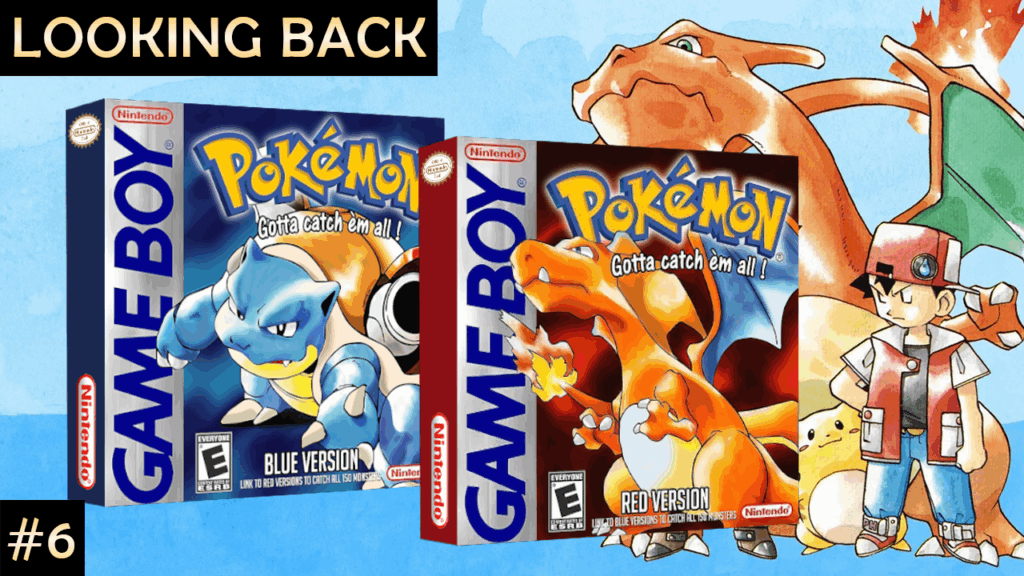
It’s hard to overstate just how much Pokémon Red & Blue changed gaming. When they released on the Game Boy in the late ’90s, they didn’t just introduce a new RPG, they sparked a cultural explosion. For many of us, those tiny grayscale sprites became an obsession that stretched from school playgrounds to after-dinner battles under the covers with a link cable. These were more than games, they were the beginning of a world we’ve all revisited countless times since.
Background
The origins of Pokémon can be traced back to the childhood experiences of Satoshi Tajiri, the game’s creator. Growing up in rural Japan, Tajiri was fascinated by collecting insects and exploring nature, and this passion would later become the core concept behind the series. He wanted to recreate that same feeling of wonder and discovery for children who were growing up surrounded by concrete rather than forests and fields.
In the late 1980s, Tajiri founded Game Freak, which started as a small fan magazine before evolving into a development studio. Along with artist Ken Sugimori and composer Junichi Masuda, he began shaping what would eventually become Pokémon. The inspiration for the games also came from the Game Boy’s link cable. Tajiri imagined creatures traveling between players’ devices, much like insects moving between jars. This simple yet brilliant idea gave rise to the concept of trading Pokémon, turning a technical feature into a social mechanic that would define the entire series.
Development on Pocket Monsters: Red & Green began around 1990, with support from Nintendo and Shigeru Miyamoto, who served as a mentor to Tajiri during the project’s long and difficult production. The process took six years, during which the small team at Game Freak struggled with technical limitations and near bankruptcy. Many within Nintendo doubted the game’s appeal, but when Red & Green finally released in Japan in 1996, it became a surprise hit.
A year later, an enhanced Blue version followed, featuring improved graphics, dialogue, and code optimizations. When the series arrived in the West in 1998, the localized Pokémon Red & Blue combined the best elements of all three Japanese versions, introducing the franchise to an entirely new audience.
Shortly after, Pokémon Yellow: Special Pikachu Edition was released, inspired by the anime’s massive success. It featured Pikachu as the player’s starter Pokémon, added color support for the Game Boy Color, and brought the games even closer to the look and feel of the television series. In Japan, the anime’s main character Ash Ketchum was known as Satoshi, a direct tribute to Satoshi Tajiri himself, while his rival Shigeru was named after Shigeru Miyamoto. It was a fitting nod to the creative partnership that made the franchise possible.
What began as one man’s childhood fascination with collecting creatures evolved into one of the most successful entertainment franchises in the world, spanning games, television, movies, trading cards, and more.
Why It Stood Out
At its core, Pokémon Red & Blue were RPGs unlike anything that came before. The idea of capturing creatures, building a team, and battling others created an entirely new subgenre. The sense of discovery was unmatched, stumbling upon a rare Pokémon in the tall grass or finally evolving your starter after hours of grinding felt truly rewarding. The social aspect also set it apart, trading exclusive Pokémon between versions with a link cable wasn’t just a gimmick, it encouraged real-world interaction and competition. The music, though simple, was instantly iconic, and even today, those 8-bit tunes can transport players straight back to Pallet Town.
Regional Differences
The differences between the Japanese Red, Green, and Blue versions and the Western Red & Blue are far more significant than many players realize.
In Japan, Pocket Monsters: Red & Green were the originals, built on an early engine that was notoriously buggy and visually inconsistent. Sprites for many Pokémon looked rough or distorted, with strange proportions and uneven shading. When Blue released later in 1996, Game Freak used it as an opportunity to refine the art and code. The sprites were completely redrawn, dialogue was improved, and even the Pokémon distribution was slightly adjusted to create a more polished experience.
The Western releases of Pokémon Red & Blue were actually based on this Japanese Blue version, not Red & Green. However, to preserve the idea of dual versions, Nintendo of America renamed the pair Red and Blue, and once again redistributed Pokémon between them to encourage trading. This means that the English-language Pokémon Red and Blue are essentially hybrids, they feature the updated engine, redrawn graphics, and cleaner script of Japanese Blue, but the version exclusives and progression layout of the original Red and Green.
Other notable regional differences include:
- Sprites: Western versions use the redrawn Blue sprites, which are generally cleaner and more proportionate, though some fans prefer the original Green’s rougher, creepier designs.
- Dialogue: The English localization not only translated text but also rewrote large portions to add personality, humor, and clarity. For example, many of the Pokédex entries and NPC lines were adjusted to better fit Western audiences.
- Trainer and Pokémon Names: Several Pokémon names were changed completely, “Fushigidane” became “Bulbasaur”, “Hitokage” became “Charmander”, and so on, but a few also had meaning shifts or tone differences. Likewise, the player’s rival, known as “Green” in Japan, became “Blue” in the Western release to match the title change.
- Bug Fixes and Glitches: The Japanese versions were infamous for their technical oddities, including numerous item duplication and battle glitches. The Western codebase incorporated the cleaned-up Blue engine, fixing some issues while accidentally introducing new ones, including the now-famous “MissingNo.” glitch.
- Audio and Translation Details: Some of the music was slightly rearranged to match Western Game Boy sound hardware differences, and a few Japanese cultural references, like certain locations or character jokes, were altered or simplified.
Interestingly, Pocket Monsters: Green never saw release outside Japan until the FireRed and LeafGreen remakes on Game Boy Advance, which finally let Western fans experience the title that started it all, albeit in a completely modernized form.
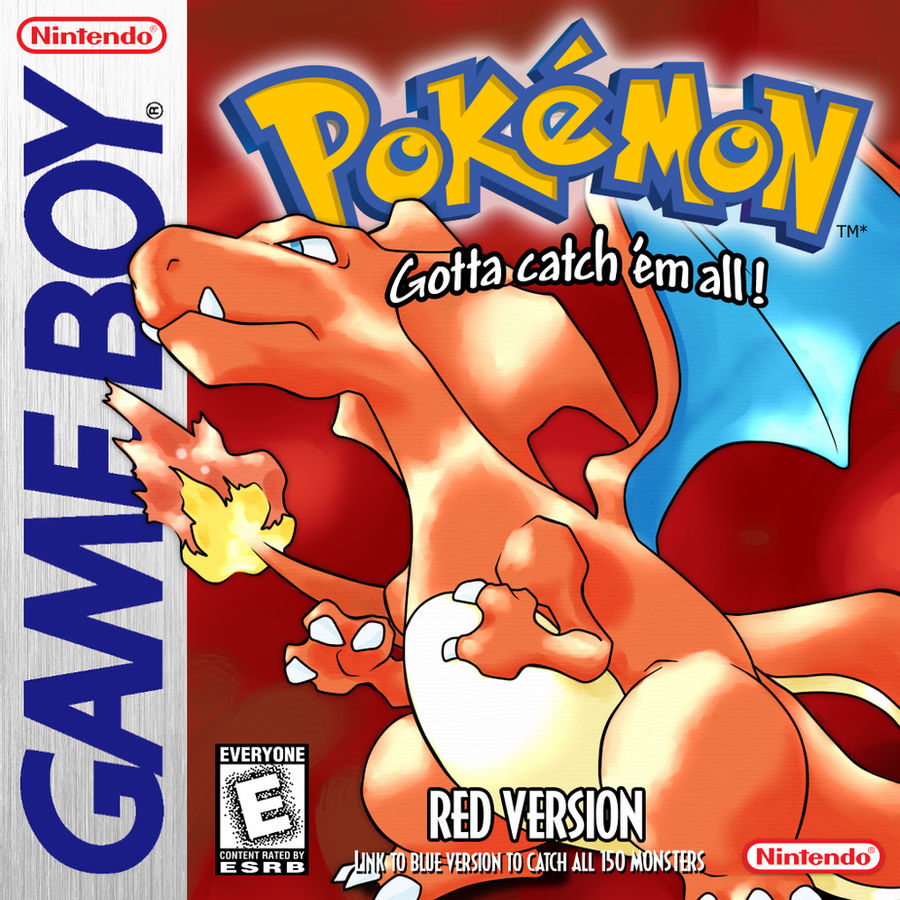
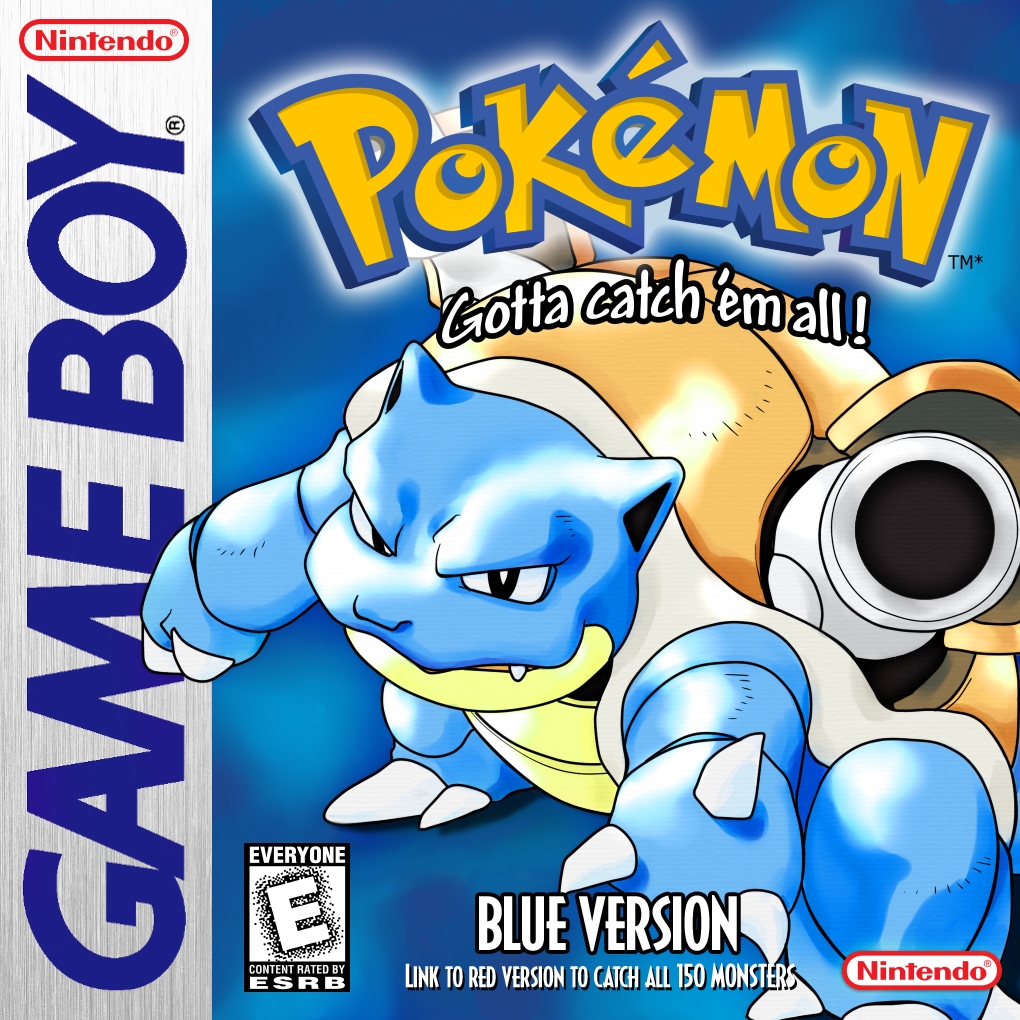
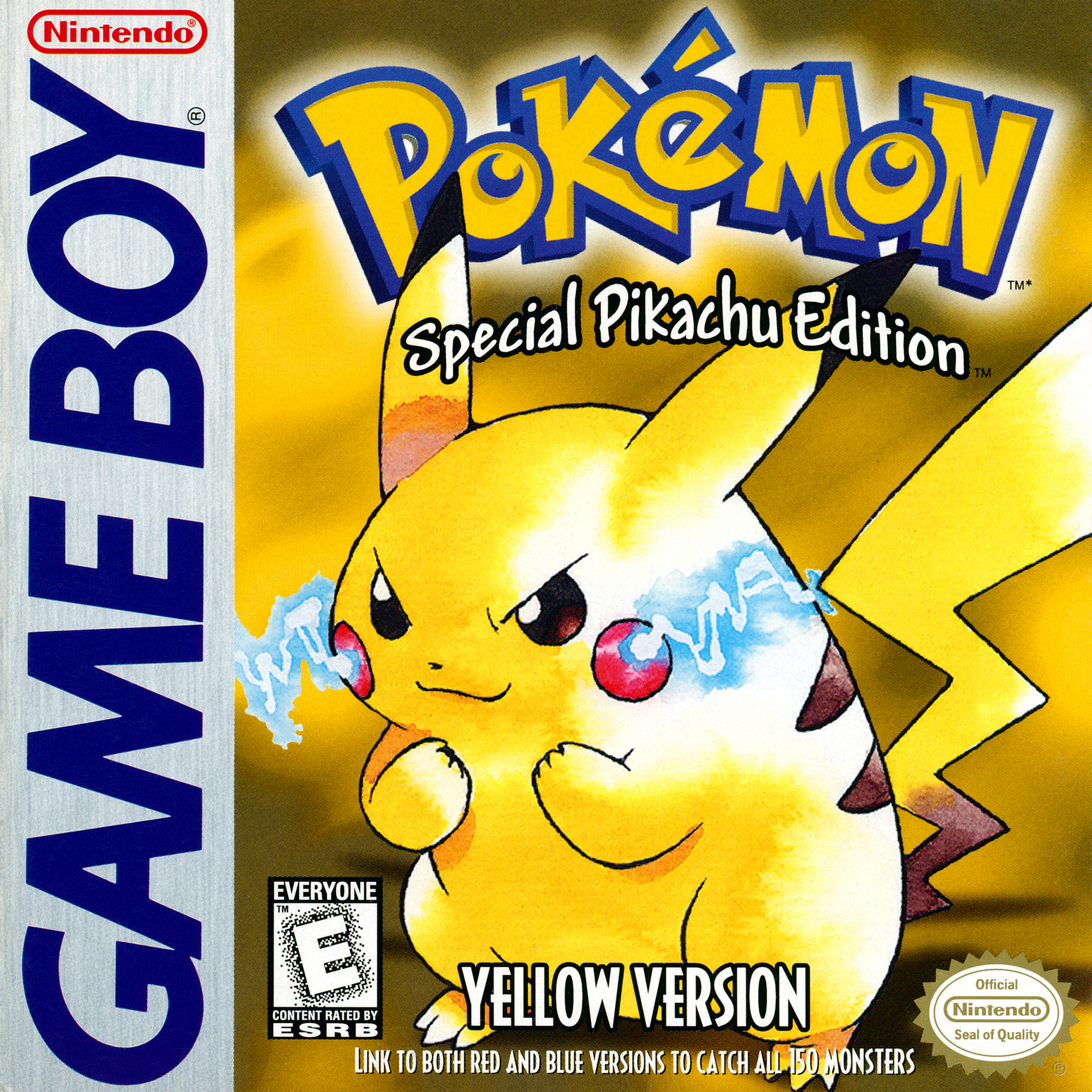
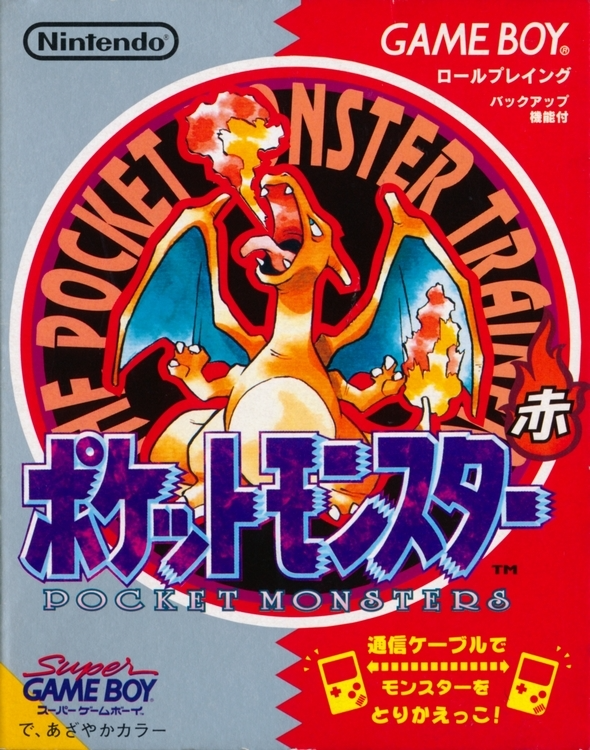
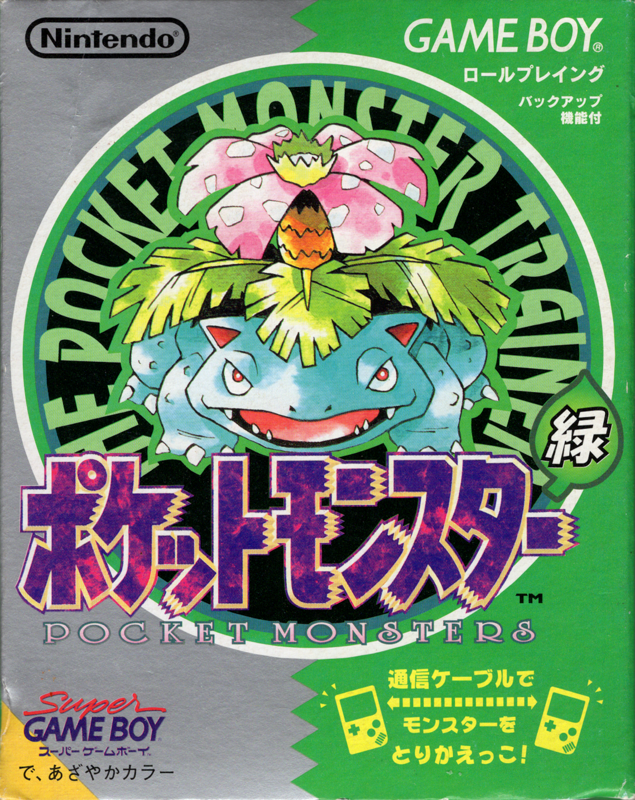
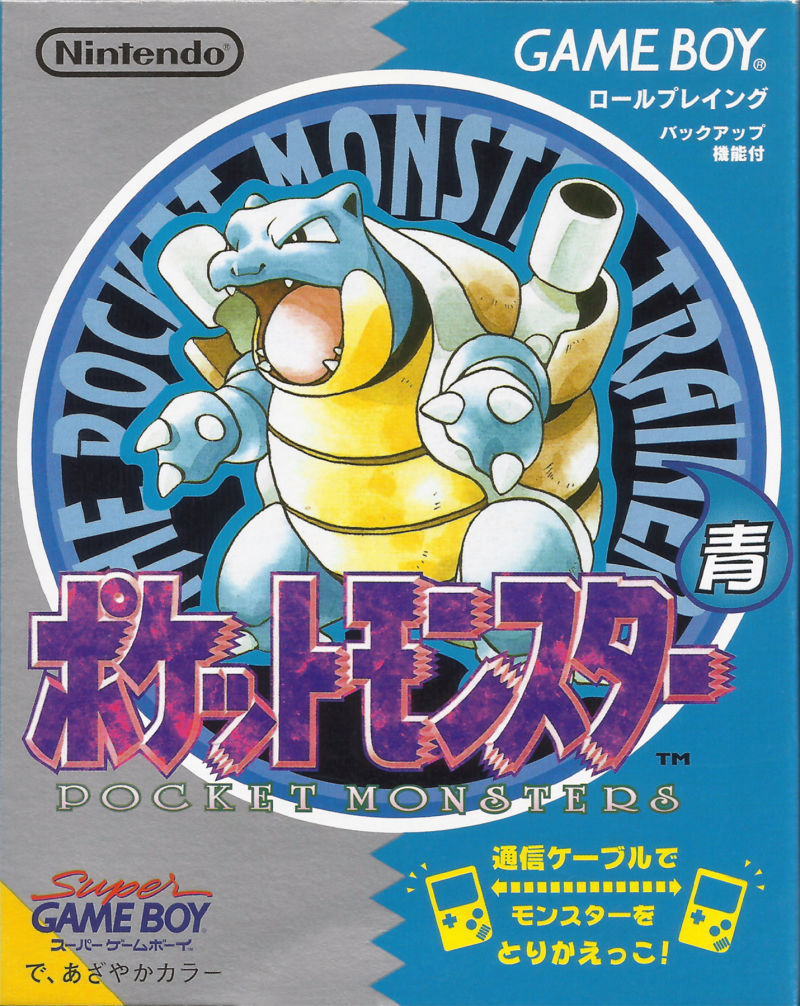
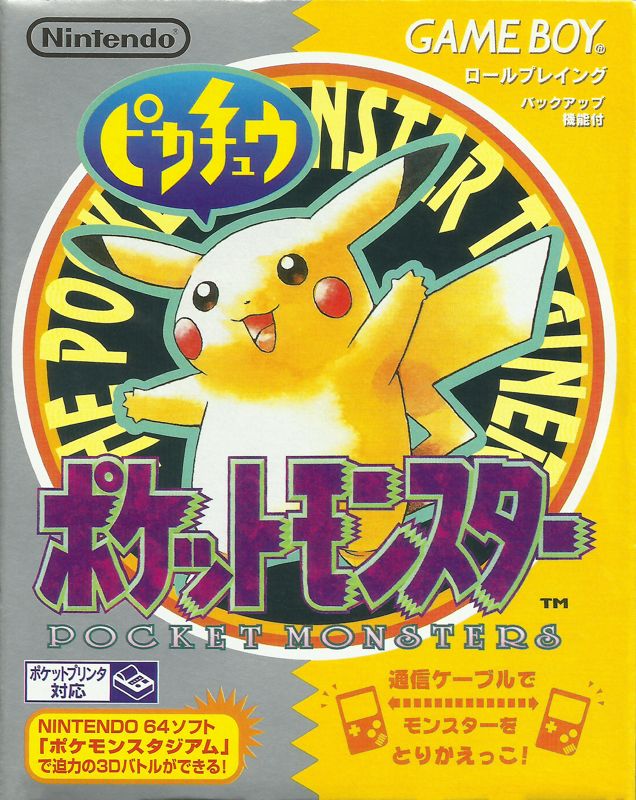
Legacy
The impact of Pokémon Red & Blue cannot be overstated. These titles not only launched one of the biggest franchises in history but also redefined what portable gaming could be. The concept of dual versions became a Pokémon trademark, and the franchise’s focus on collection, friendship, and discovery continues to this day. The original 151 Pokémon remain the most iconic roster in gaming history, and even now, remakes, ports, and references to those first adventures appear constantly across Nintendo platforms.
What’s especially impressive is how Red & Blue continue to live on through the fan community. Decades after their release, ROM hacks and fan projects keep the original games alive in new and exciting ways. These include enhanced colorized versions, quality-of-life improvements like running shoes and expanded storage, brand-new regions with custom storylines, and even complete demakes of later generations rebuilt in the original Game Boy style. The creativity within the Pokémon hacking scene is enormous, and it shows just how much love still exists for the very foundation of the series. For many fans, these projects are not just tributes, they’re a way to preserve and reimagine the magic of 1996 for new generations of players.
Without Red & Blue, there would be no Pokémon GO, no worldwide Pokédex craze, and arguably, no handheld gaming culture as we know it.
My Take
Pokémon Red & Blue were my introduction to the series, and they hold a dear place in my memories. I still remember the moment I first chose my starter Pokémon, standing in front of Professor Oak’s lab, torn between Charmander’s fiery appeal and Squirtle’s cool confidence. That decision felt monumental, and in many ways, it still does. Revisiting Pokémon Red & Blue today is like opening a time capsule.
I vividly remember trading Pokémon with my classmates on the school yard, carefully connecting our Game Boys with the link cable and hoping the connection wouldn’t drop. Those trades felt almost ceremonial, like an exchange of trust. Alongside the excitement came the rumors, endless stories about secret Pokémon and hidden mechanics that spread like wildfire. Everyone swore you could find Mew hiding underneath a truck near the S.S. Anne, or that pressing a specific button combination would unlock something incredible. Of course, none of those rumors were true, but that sense of mystery made the playground discussions magical.
Then there were the glitches, the strange, fascinating loopholes that somehow made the games even more iconic. Catching MissingNo., cloning Pokémon, and discovering infinite Rare Candies all felt like breaking into the game’s secret code. It wasn’t just about cheating, it was about uncovering something forbidden that the game was never meant to reveal.
While Red & Blue will always have a special place in my heart, they’re not my favorite generation. That honor goes to Gold & Silver, which I’ll save for another Looking Back in the future. But no matter how much the series evolved, nothing can truly replace those first steps through Pallet Town or that initial spark that made Pokémon what it is today.
For me, Pokémon Red & Blue will always represent the moment gaming went from being a pastime to a shared global experience.

Great post again, love this series! Never properly played any pokemon, I really should!